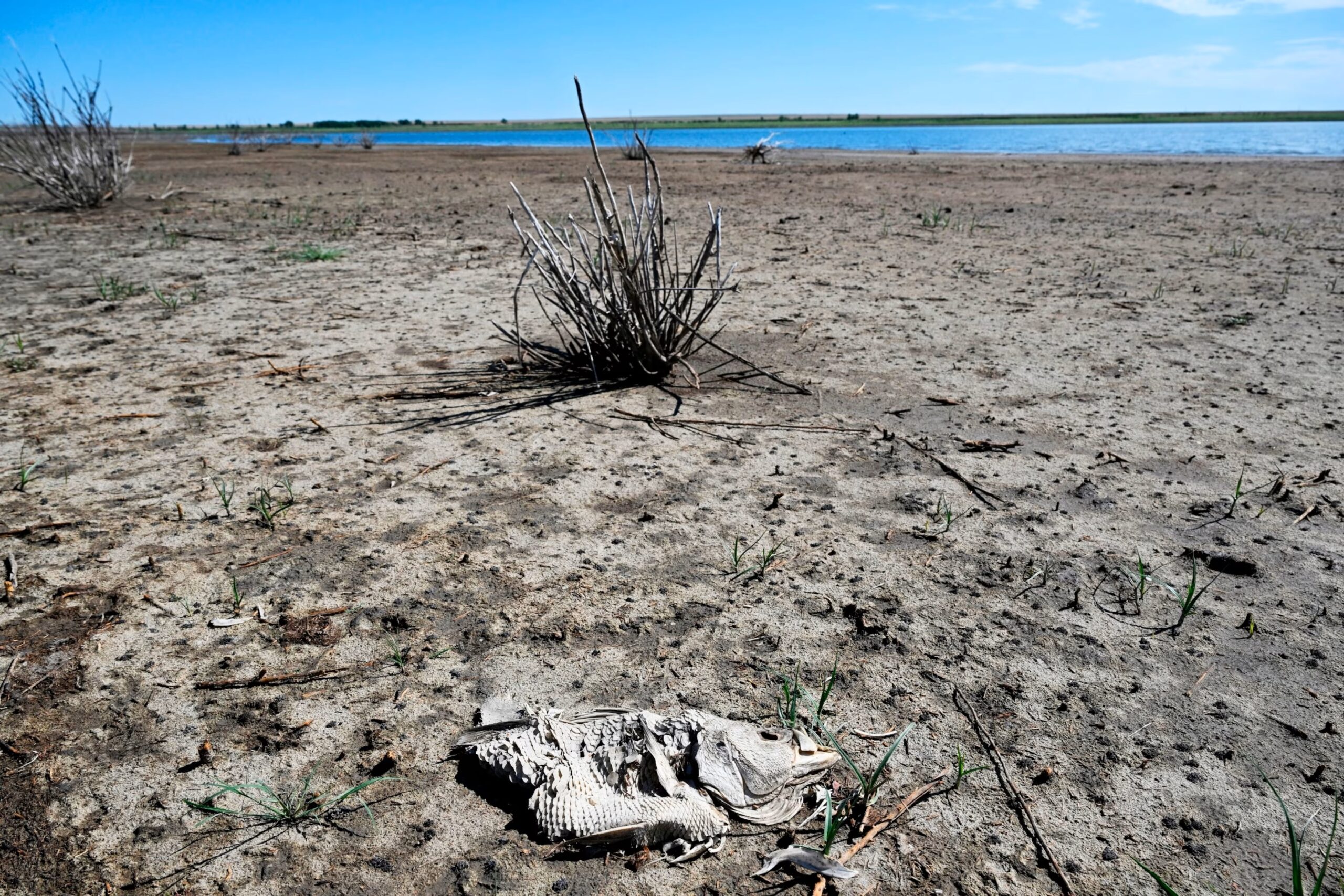In a groundbreaking study published in Science Advances, researchers uncover a concerning climate trend dubbed “hot drought” plaguing the western part of North America. This phenomenon, characterized by simultaneous heat and drought, has intensified in recent decades, surpassing anything seen in the last 500 years.
Using an innovative technique called blue light intensity, scientists analyzed tree rings to reconstruct temperature variations and drought severity over centuries. The data revealed a stark increase in the frequency and severity of hot droughts, particularly in the past century.
The last two decades have seen the warmest temperatures in 500 years across Western North America, exacerbating soil moisture deficits and amplifying drought conditions. This rise in temperature has significantly contributed to the frequency and intensity of droughts, affecting regions historically prone to such events like the Great Plains and the Colorado River basin.
Furthermore, the study sheds light on the growing prevalence of compound warm and dry summers in the region, indicating a concerning long-term shift in climate extremes.
While dendrochronology has been used in the past to study climate variability, the introduction of blue light technology has revolutionized temperature reconstructions from tree rings, allowing researchers to delve deeper into the impacts of climate change.
These findings underscore the urgent need to address anthropogenic climate change and its role in accelerating these alarming trends.






